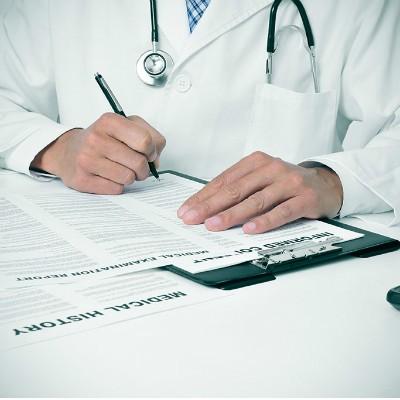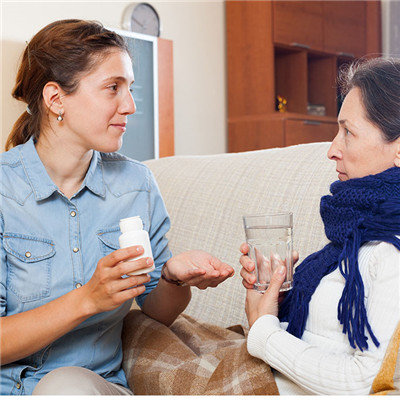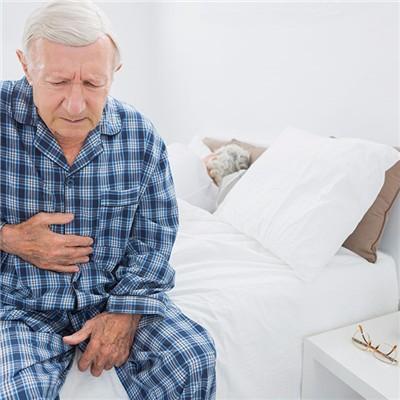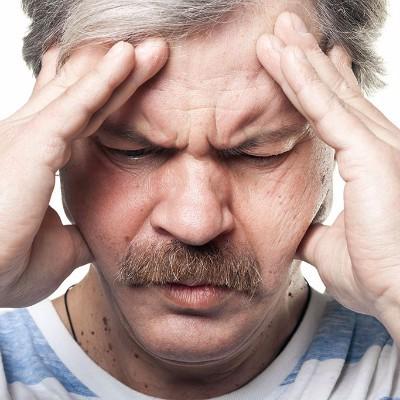What is the epiphyseal separation of the upper humerus?
summary
There are three epiphysis in the upper end of the humerus, namely the humeral head, the greater tubercle and the lesser tubercle. The epiphysis appears in the order of 1, 3 and 5 years old. The three epiphysis fuse into one epiphysis in the upper end of the humerus at the age of 5-8 years old, and fuse with the humeral shaft at the age of 19-21 years old. Therefore, epiphyseal separation of the upper humerus is more common in 7-18 years old; The anatomical neck fracture of humerus may occur in adults. What is the epiphyseal separation of the upper humerus?
What is the epiphyseal separation of the upper humerus?
When the epiphysis of the upper humerus is not closed before the age of 18, the anatomical structure of the epiphysis is relatively weak. The epiphysis can be separated by direct violence on the shoulder or indirect violence transmitted upward through the elbow and hand. When the external force is small, only the epiphyseal line is damaged, and the broken end is not displaced. When the force is large, the epiphysis is separated, and a triangular bone piece is often torn off. According to the dislocation of epiphysis, it can be divided into stable type and unstable type. In the former, there was no displacement of the epiphysis; The angle of the latter is more than 30 °, Most of the patients with anteroposterior displacement more than 1 / 4 of the cross section were older adolescents.
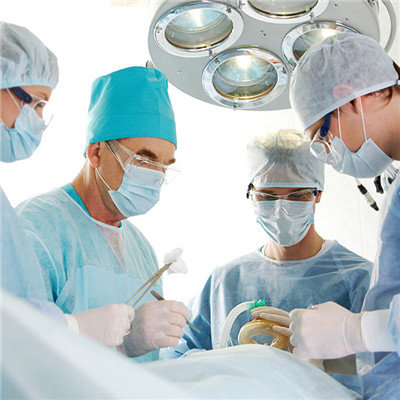
Most of the patients were under 18 years old, and some of them were up to 20 years old. 1. Swelling: because the fracture is located outside the joint, local swelling is obvious, there may be subcutaneous congestion. 2. Pain: especially in activity, accompanied by ring tenderness and conduction percussion pain. 3. Limited activity.
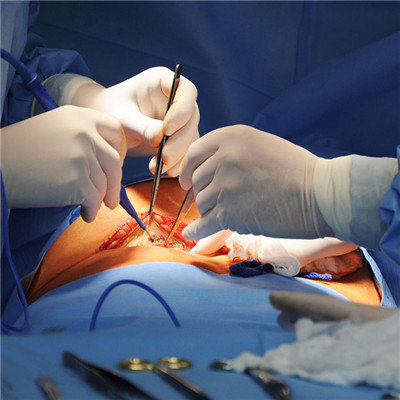
In addition to the general symptoms, it can also cause other diseases, which may be complicated with ischemic necrosis of the humeral head. Therefore, once it is found, active treatment is needed, and preventive measures should be taken at ordinary times. It should be attached great importance to by clinicians and patients.
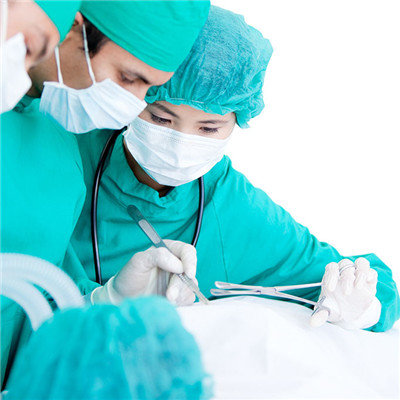
matters needing attention
Pay attention to safety and prevent falling. Pay attention to nutrition in diet. The patient's diet is light and easy to digest, eat more fruits and vegetables, match the diet reasonably, and pay attention to adequate nutrition. In addition, patients also need to pay attention to avoid spicy, greasy, cold food.

